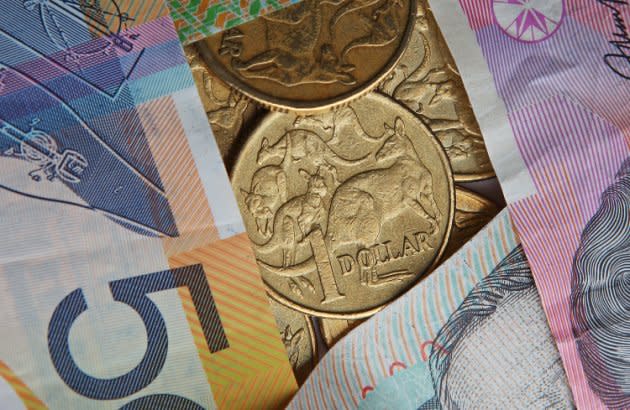The downside of the Aussie dollar going up again
The Australian dollar has powered to a two year high above 78 US cents with the rise mainly driven by a sharp fall in the US dollar, amid signs of weaker economic growth in the US.
For some Australian economists, this rise of the Australian dollar, if sustained, is reckoned to be a restrictive force for the Australian economy which risks snuffing out some of the recent economic news pointing to a moderate pick-up in activity.
While a higher value for the Australian dollar does generally trim the rate of economic growth as lower priced imports take business away from local producers and exporters find it a little harder to compete in the international trade market, there are some good reasons to think the current Australian dollar rise will not be a major problem.
Think of it this way.
If the Australia dollar was in fact ‘over-valued’, how would this show up in the real world or the real economy?
In an environment of a floating exchange rate for the Australian dollar, the answer is rather simple.
A truly overvalued dollar would undermine export receipts and encourage strong inflows of imports. The international trade balance would, by definition, be in significant and continuing deficit.

Yet, in the last seven months, Australia has run a substantial surplus of over $17 billion on the international trade balance which suggests that exporters are doing well and firm competing with importers are not too constrained by recent levels for the dollar.
To be sure, the trade numbers are fickle. A change in commodity prices or a swing lower in demand from China would wipe out those surpluses in quick time. That said, the fact that the monthly trade surpluses are around $2 billion to $3 billion suggests things are, for the moment, manageable with the Aussie dollar near current levels given the level of commodity prices and global demand for Australia’s exports.
Of course, there are risks for the Australian economy if it relies on commodity prices and ever rising export volumes from commodities for its success. As we saw when the Aussie dollar was entrenched above $1.00 US back a few years ago, it is the manufacturers who lose out together with services such as education and tourism when the exchange rate is too high.

This is more likely the basis for the current growing wall of worry surrounding the Australian dollar rise. Not that it is hurting the economy all that much at present, but if it keep rising, there could be fall out for non-commodity exporters and those firms competing with imports.
For the RBA, the situation is clear. Even though there is little lasting effect on the Australian dollar from changes in interests, relative to the rest of the world, lower interest rates might take some heat out of the currency. This may occur from interest rate hikes overseas with steady rates in Australia, or lower interest rates in Australia.
With rates on hold here, the concern is that the weakness in the US economy will halt future rate rises from the Federal Reserve, while the Bank of Canada, which hiked rates last week, is under pressure for that decision given inflation is so low. The European Central Bank, Bank of Japan and Bank of England are unlikely to tighten interest rates any time soon, which means the ball will soon be in the RBA’s court if the Aussie dollar keeps rising.

 Yahoo Finance
Yahoo Finance 